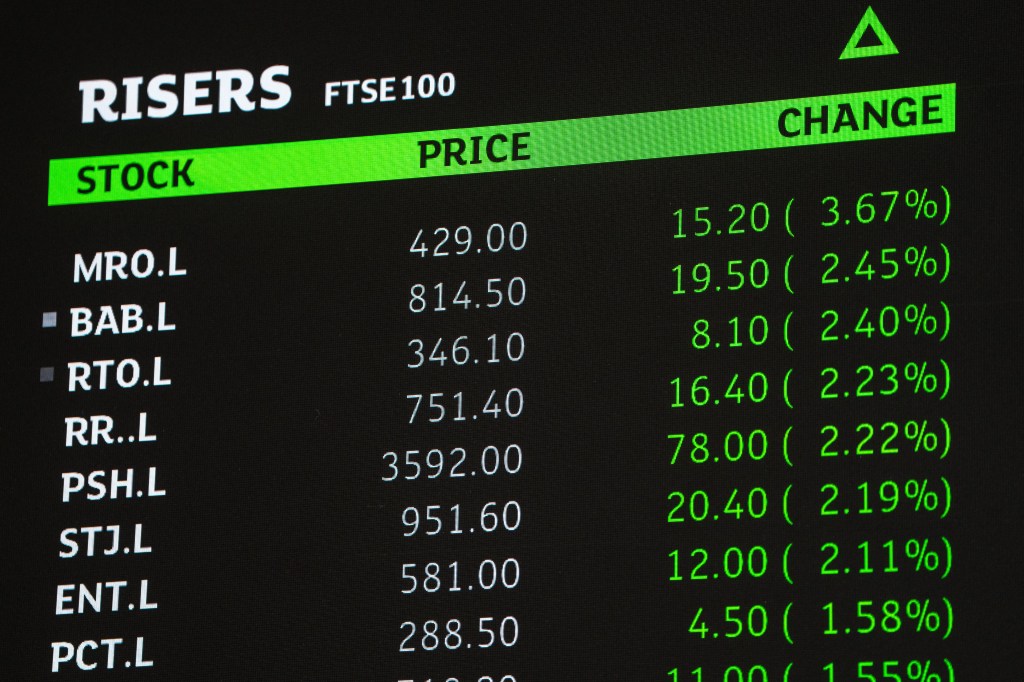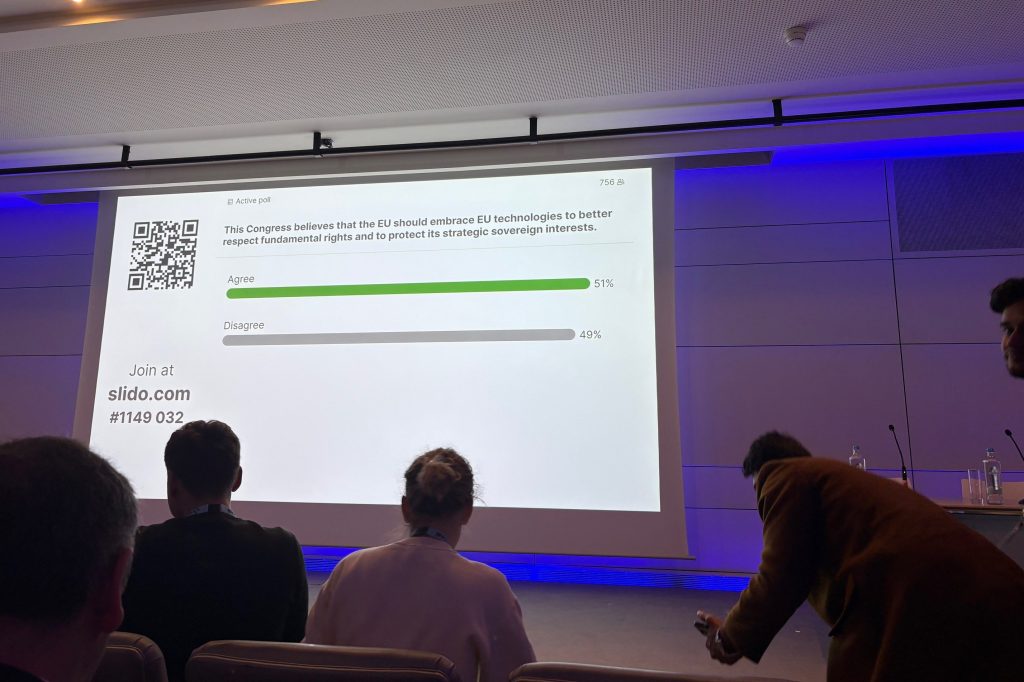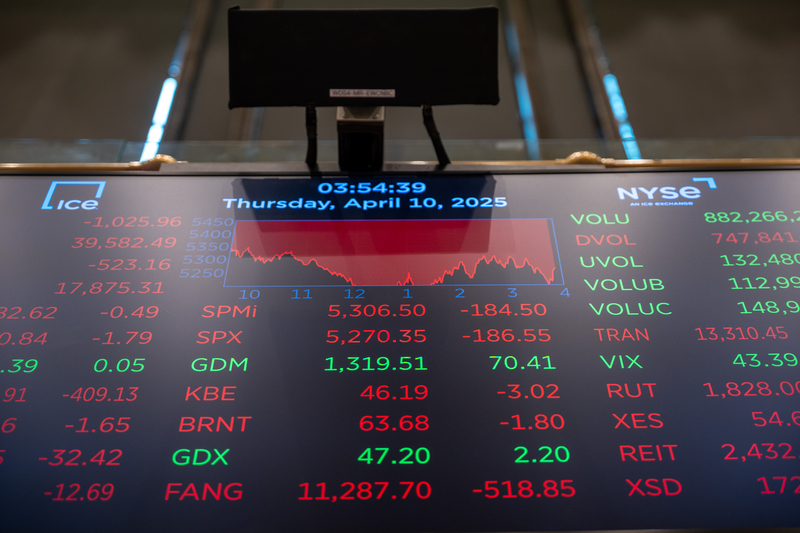Imitative trading strategies are becoming more common and are used by retail investors to tap the experience and knowledge of more experienced traders in the hope of generating good returns.
The IOSCO report very helpfully delineates three separate types of imitative trading strategies, while nothing that many regulators do not
Register for free to keep reading.
To continue reading this article and unlock full access to GRIP, register now. You’ll enjoy free access to all content until our subscription service launches in early 2026.
- Unlimited access to industry insights
- Stay on top of key rules and regulatory changes with our Rules Navigator
- Ad-free experience with no distractions
- Regular podcasts from trusted external experts
- Fresh compliance and regulatory content every day

















